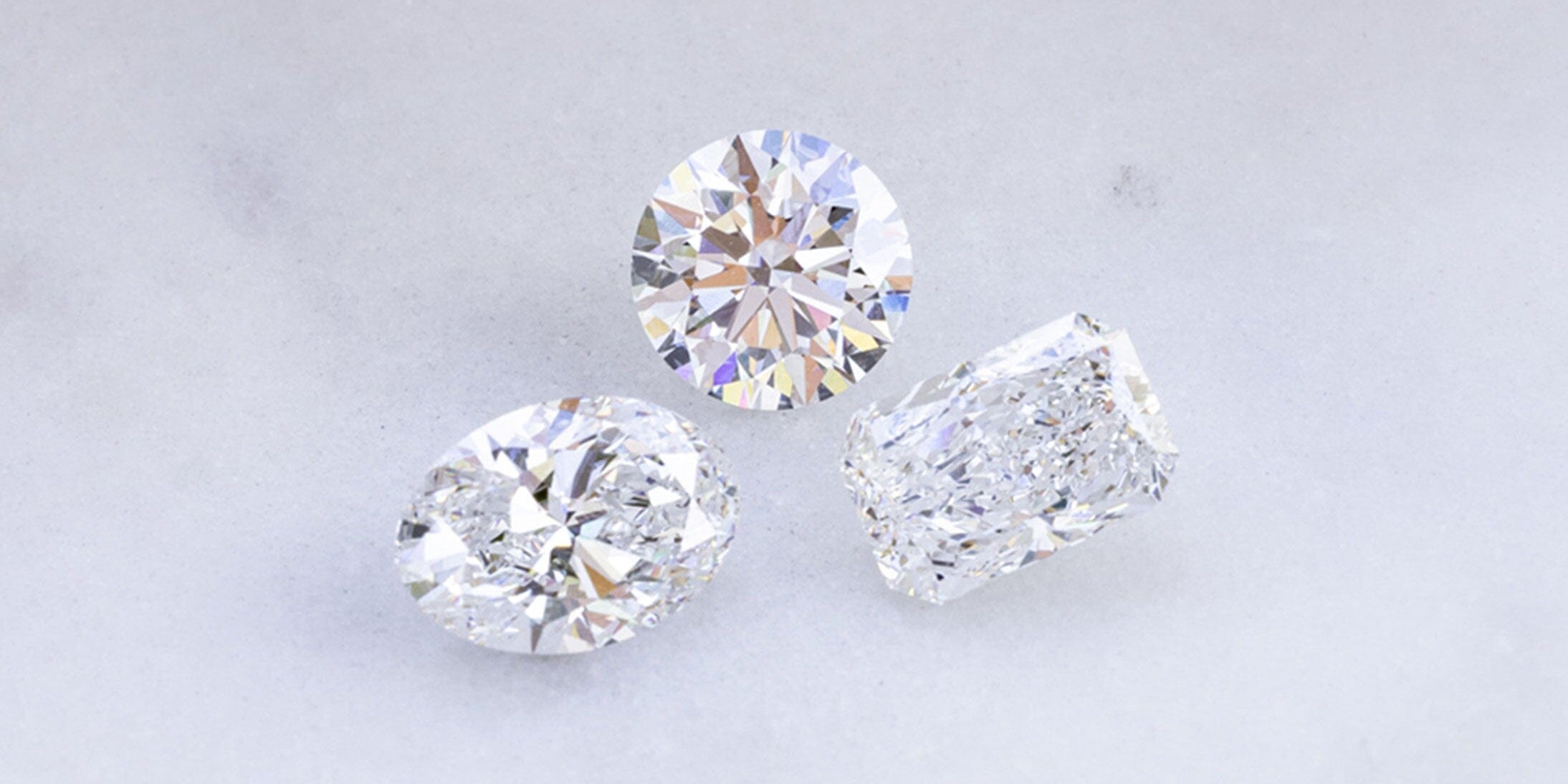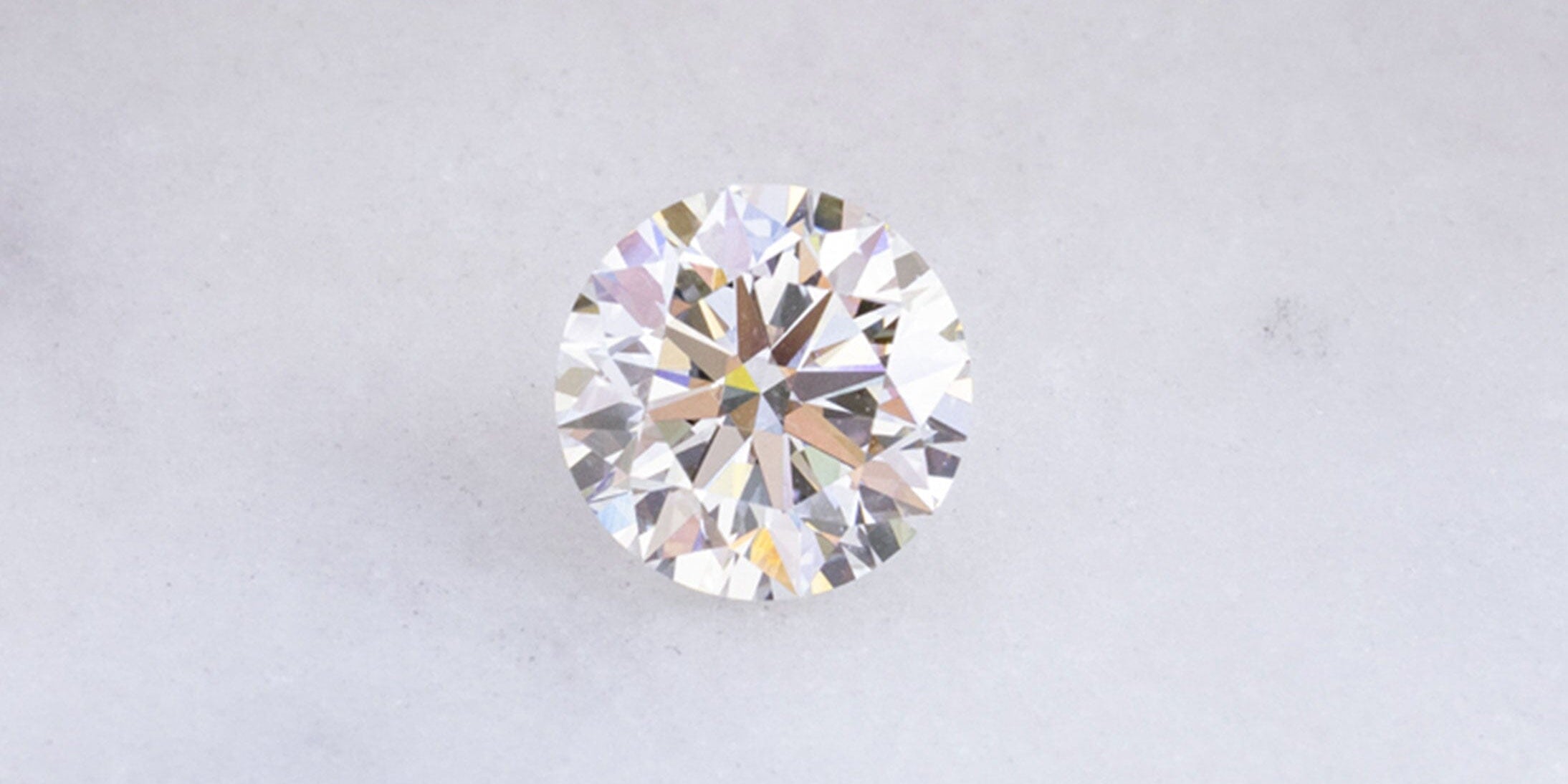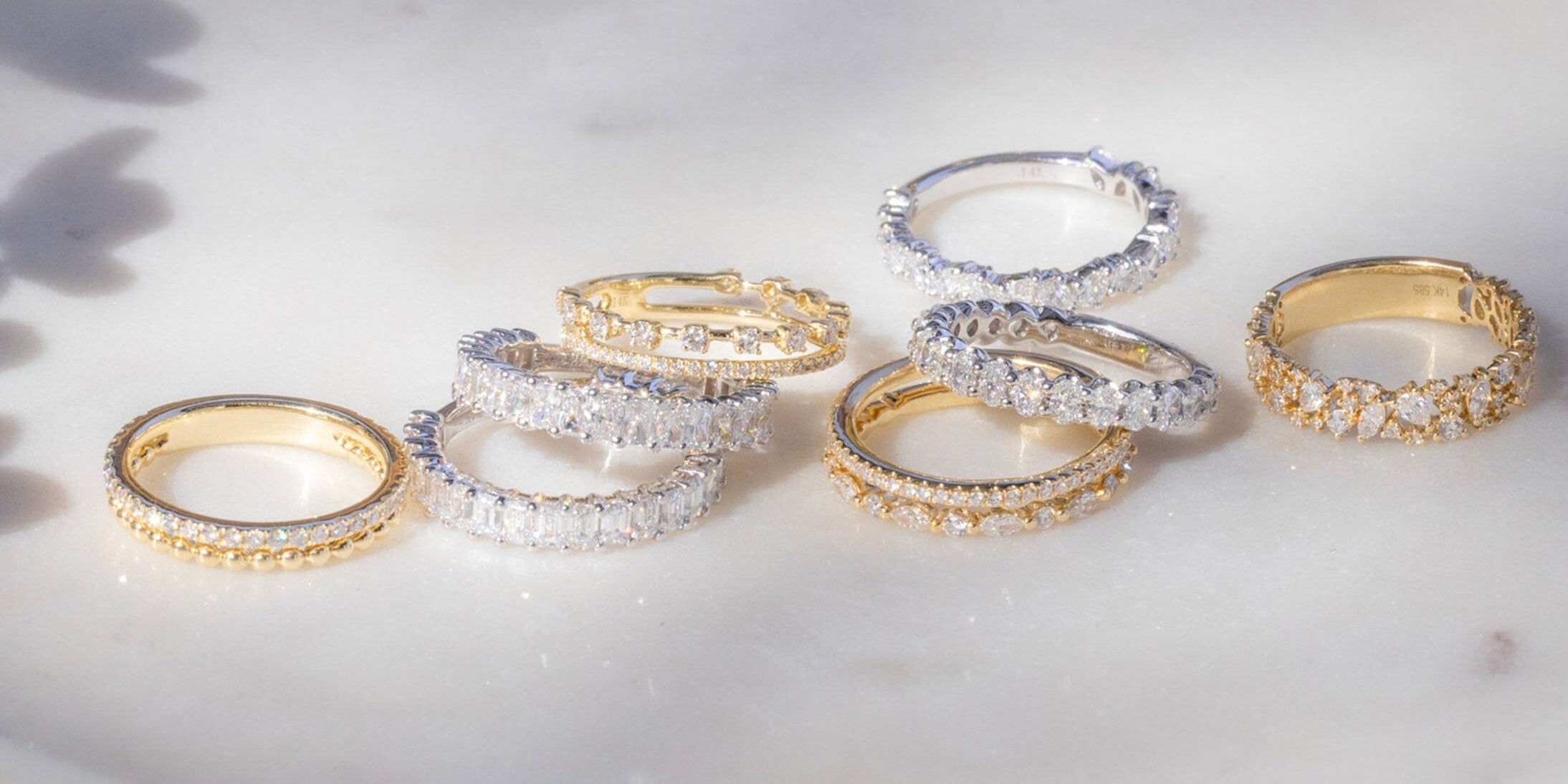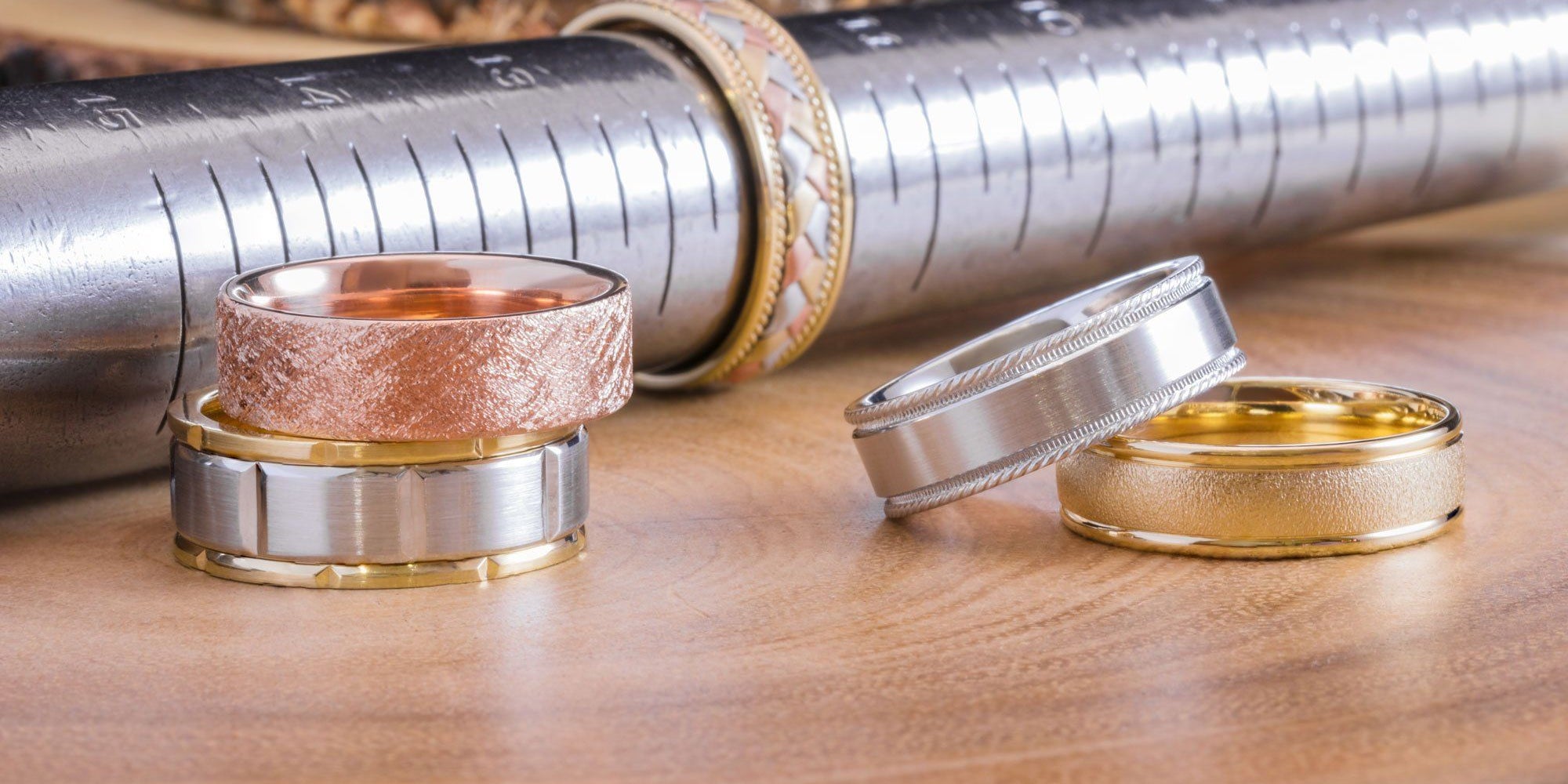1. Professional Sizing at a Jeweler:
- Pros: Highly accurate, uses specialized tools, personalized assistance from a professional.
- Cons: Requires a visit to a jeweler, may not be convenient for everyone.
2. Using a Ring Sizing Tool:
- Pros: Convenient, somewhat accurate, easy to use.
- Cons: Requires purchasing or accessing a ring sizing tool, may not be readily available for everyone.
3. String or Paper Method (DIY):
- Pros: Can be done at home, requires minimal materials (string, paper, ruler), fairly accurate.
- Cons: Requires careful measurement and may not be as precise as professional methods.
4. Trial and Error:
- Pros: Trying on rings in-store to find the perfect fit.
- Cons: Limited to available sizes in-store, may not always yield the exact fit, especially if sizes are slightly off.
5. Resizing Options: If you find your ring doesn't fit perfectly, resizing is an option.
- However, not all rings can be resized, especially those with intricate designs or gemstones set 100% around the band.



















